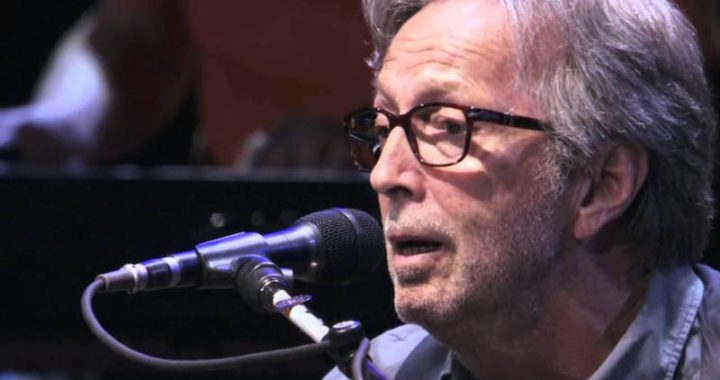When you’re dealing with a creative block, you’ve probably discovered that making a big change in your songwriting process can be rewarding, and you’ve likely tried most of them:
- Speedwriting (stream of consciousness).
- Composing on a new (or otherwise unfamiliar) instrument.
- Partnering up with another songwriter.
- Changing key from major to minor, or vice versa.
- Changing genres.
And the list could go on. But there’s one change that, for my money, can give you the best way forward for a song fragment that you just can’t seem to fashion into a complete song, and it’s this very simple idea: change the tempo.
 Songwriters are very familiar with the chorus hook, but there are other kinds to experiment with, and you will want to discover the power of layering various kinds of hooks in the same song. “Hooks and Riffs: How They Grab Attention, Make Songs Memorable, and Build Your Fan Base“ shows you how it’s done.
Songwriters are very familiar with the chorus hook, but there are other kinds to experiment with, and you will want to discover the power of layering various kinds of hooks in the same song. “Hooks and Riffs: How They Grab Attention, Make Songs Memorable, and Build Your Fan Base“ shows you how it’s done.
If you want to know what this can do for your creative process, you should head over to YouTube or some other video service, and take a listen to various versions of the same song. You’ll probably find that some of them have been done using different tempos, and you can hear what that one small change can do to the mood and feel of a song.
Here are three classic examples:
- Derek & the Dominos: “Layla”: The original version – Eric Clapton: The slower version (E. Clapton, J. Gordon)
- Judy Collins: “Both Sides Now”: The original version – Joni Mitchell: The slower version (J. Mitchell)
- Willie Nelson: “Always On My Mind”: The original version – Pet Shop Boys: The faster version (W. Carson, M. James, J. Christopher)
As you can hear, the most noticeable effect of a change of tempo is the mood of the song. In that respect, tempo adds considerably to the subtext when considering the lyric. A song that is slower tends to deepen the meaning of the lyric, and encourages the audience to look deeper into the intent of the words.
Tempos that are faster can have many effects, from adding a sense of urgency to making the singer seem more optimistic than what is perceived with the newer tempo.
New Tempos In Your Songwriting Process
Not only does the choosing of a new tempo make a big difference for listeners, it can make a big difference for songwriters during the songwriting process. If you find that new ideas are not happening, and your song can’t seem to finish itself, radically changing the tempo can be a very creative way forward.
The new tempo has a way of thrusting you into a new and more productive mindset. You may find that your able to suddenly come up with ideas, just because the song suddenly feels new to you.
And keep in mind that just because the new tempo has possible helped you to generate fresh ideas to finish the song does not mean that you can’t then take the finished song and move it back to the original tempo. In that regard, you use the new tempo simply as a way to stimulate your songwriting process.
 Written by Gary Ewer. Follow Gary on Twitter.
Written by Gary Ewer. Follow Gary on Twitter.
 “The Essential Secrets of Songwriting” eBook bundle includes “Writing a Song From a Chord Progression”. Discover the secrets of making the chords-first songwriting process work for you.
“The Essential Secrets of Songwriting” eBook bundle includes “Writing a Song From a Chord Progression”. Discover the secrets of making the chords-first songwriting process work for you.










